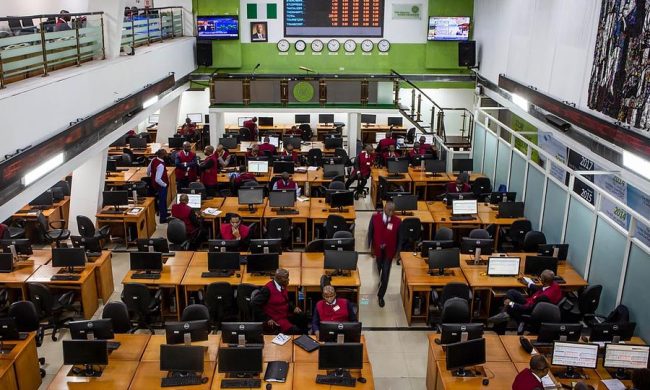Gold prices turned lower on Friday as the dollar regained ground after the U.S. Senate approved a budget
plan for the 2018 fiscal year that will ease passage for Republicans to pursue a tax-cut package without Democratic support.
Spot gold had declined by 0.4 percent to $1,284.06 an ounce by 0700 GMT. It was down 1.6 percent for the week.
U.S. gold futures for December delivery were down 0.3 percent at $1,285.50 per ounce.
The Republican-controlled Senate voted for the budget measure late on Thursday by 51-to-49, which would add up to $1.5 trillion to the federal deficit over the next decade in order to pay for proposed tax cuts.
“The dollar is up on account of the Senate vote… which inturn could pave the way for introducing a tax reform bill. That is seen as a cause for higher (interest) rates,” INTL FCStone analyst Edward Meir said.
The U.S. Federal Reserve is widely expected to raise its benchmark interest rate for the third time this year in
December.
Higher rates tend to boost the dollar, putting pressure on the greenback-denominated gold.
Meanwhile, a report that Trump was leaning toward Fed Governor Jerome Powell, who is perceived as a less hawkish candidate, as the next Fed chair had weighed on the dollar earlier in the session and lent some support to gold prices.
“The (gold) market has been fairly quiet lately. There has been some profit-taking. Importantly, there are no known headlines from North Korea or Iraq,” OCBC analyst Barnabas Gan
said.
Geopolitical risks can boost demand for safe-haven assets such as gold and the Japanese yen. “The ongoing Fed balance sheet tapering does give something for gold prices to point south into the year-end,” said Gan,
adding that the most immediate support level for the metal would come in at $1,280.
Elsewhere, the European Central Bank will say on Oct. 26 it will start trimming its monthly asset purchases to 40 billion euros from 60 billion euros in January, a Reuters poll found.














